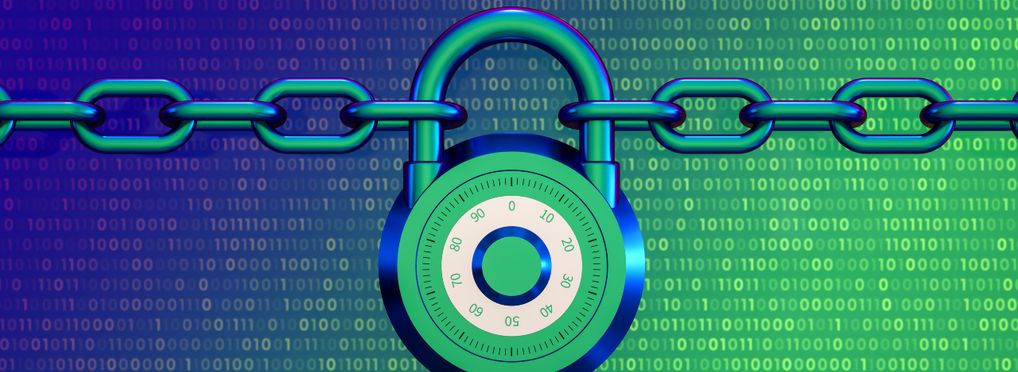These tools and metrics are designed to help AI actors develop and use trustworthy AI systems and applications that respect human rights and are fair, transparent, explainable, robust, secure and safe.
Certifying LLM Safety against Adversarial Prompting

Large language models (LLMs) released for public use incorporate guardrails to ensure their output is safe, often referred to as "model alignment." An aligned language model should decline a user's request to produce harmful content. However, such safety measures are vulnerable to adversarial attacks, which add maliciously designed token sequences to a harmful prompt to bypass the model's safety guards. In this work, we introduce erase-and-check, the first framework to defend against adversarial prompts with verifiable safety guarantees. We defend against three attack modes: i) adversarial suffix, which appends an adversarial sequence at the end of the prompt; ii) adversarial insertion, where the adversarial sequence is inserted anywhere in the middle of the prompt; and iii) adversarial infusion, where adversarial tokens are inserted at arbitrary positions in the prompt, not necessarily as a contiguous block. Our experimental results demonstrate that this procedure can obtain strong certified safety guarantees on harmful prompts while maintaining good empirical performance on safe prompts. For example, against adversarial suffixes of length 20, it certifiably detects 92% of harmful prompts and labels 94% of safe prompts correctly using the open-source language model Llama 2 as the safety filter. We further improve the filter's performance, in terms of accuracy and speed, by replacing Llama 2 with a DistilBERT safety classifier fine-tuned on safe and harmful prompts. Additionally, we propose two efficient empirical defenses: i) RandEC, a randomized version of erase-and-check that evaluates the safety filter on a small subset of the erased subsequences, and ii) GradEC, a gradient-based version that optimizes the erased tokens to remove the adversarial sequence. The code for our experiments is available at this https URL.
About the tool
You can click on the links to see the associated tools
Developing organisation(s):
Objective(s):
Type of approach:
Target users:
Use Cases
Would you like to submit a use case for this tool?
If you have used this tool, we would love to know more about your experience.
Add use case
























